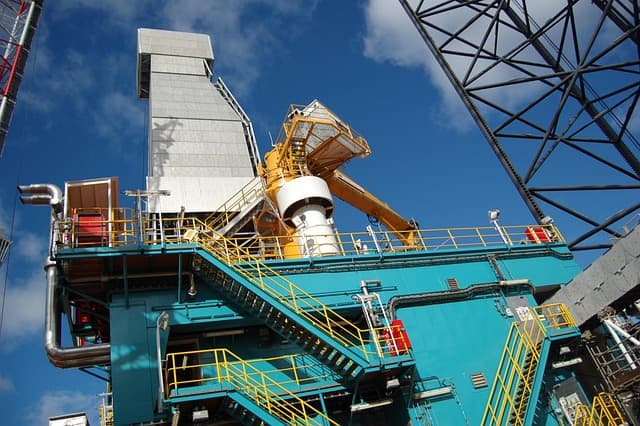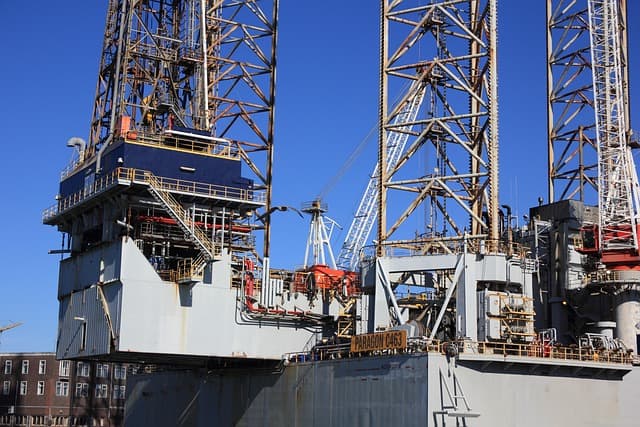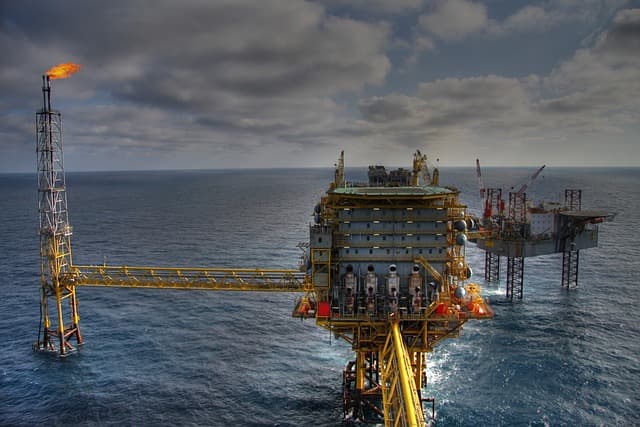In recent years, the oil and gas industry has been moving aggressively toward full automation of drilling rigs. Advances in technologies such as artificial intelligence (AI), machine learning and robotization are driving the development of autonomous drilling platforms that can operate without the constant presence of humans.
Current advances in autonomous drilling
Nabors Pace-R801: The world’s first robotic drilling rig was launched in the U.S. and drilled a well nearly 20,000 feet deep without human intervention. The rig is expected to drill several more wells in the test phase in an area owned by ExxonMobil .
SLB and Equinor: The companies successfully drilled a well section off the coast of Brazil using autonomous controls, a significant step toward full drilling automation .
Halliburton and Sekal: In the North Sea, the world’s first automated bottom hole drilling system was implemented, combining autonomous directional drilling with automated control of rig hydraulics and equipment .
Advantages of autonomous drilling rigs
- Increased safety: Reducing the need for personnel presence at hazardous sites reduces risks to the health and lives of workers.
- Cost-effective: Automated processes reduce drilling time and operating costs.
- Resilience: Autonomous plants can continue to operate in conditions unfavorable to humans, such as extreme climatic conditions.
Challenges to full autonomy
Despite significant advances, full autonomy for drilling rigs faces a number of obstacles.
- Technical challenges: The need to develop robust systems that can adapt to different geological conditions.
- Integration with existing infrastructure: The transition to autonomous systems requires significant investment and retrofitting of current facilities.
- Regulatory and legal aspects: The lack of clear regulations and standards for fully autonomous drilling rigs may slow down their adoption.
Future of autonomous drilling
Experts predict that autonomous drilling rigs will become more common over the next 5-10 years, especially in remote and hard-to-reach regions. Companies continue to invest in research and development to improve autonomous drilling technologies.
Thus, the transition to fully autonomous drilling rigs is not a matter of “if” but a matter of “when.” Given the current pace of technology development, we can expect drilling platforms without a permanent human presence to become a reality in the near future, enabling safer, more efficient and sustainable resource extraction.



